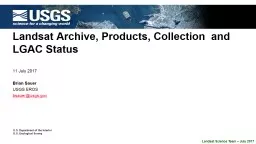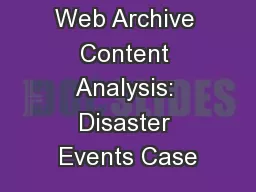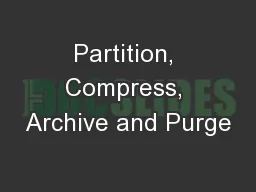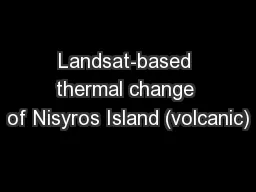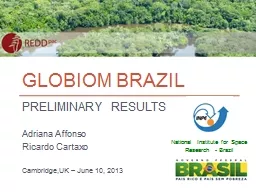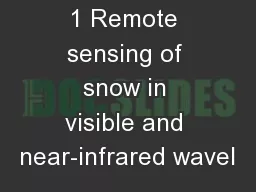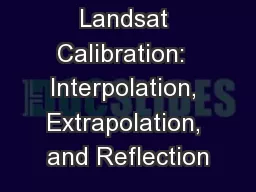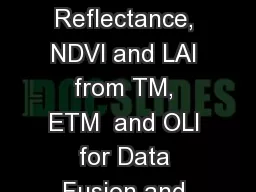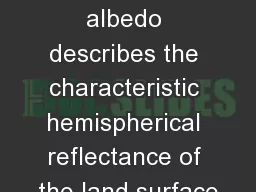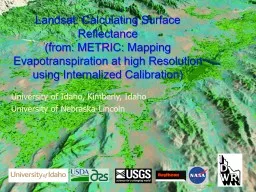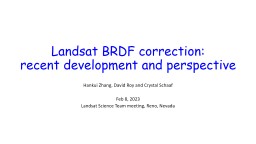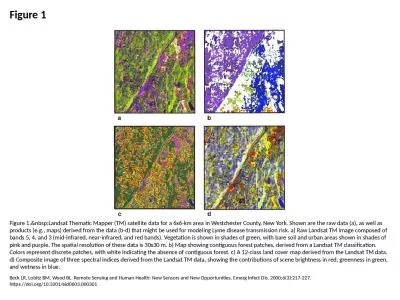PPT-Landsat Archive, Products, Collection
Author : marina-yarberry | Published Date : 2020-04-04
and LGAC Status 21 February 2018 Chris Engebretson USGS engebretusgsgov Doug Daniels The Aerospace Corporation d ouglasdanielsctrusgsgov Topics Landsat Archive
Presentation Embed Code
Download Presentation
Download Presentation The PPT/PDF document " Landsat Archive, Products, Collection " is the property of its rightful owner. Permission is granted to download and print the materials on this website for personal, non-commercial use only, and to display it on your personal computer provided you do not modify the materials and that you retain all copyright notices contained in the materials. By downloading content from our website, you accept the terms of this agreement.
Landsat Archive, Products, Collection : Transcript
Download Rules Of Document
" Landsat Archive, Products, Collection "The content belongs to its owner. You may download and print it for personal use, without modification, and keep all copyright notices. By downloading, you agree to these terms.
Related Documents

